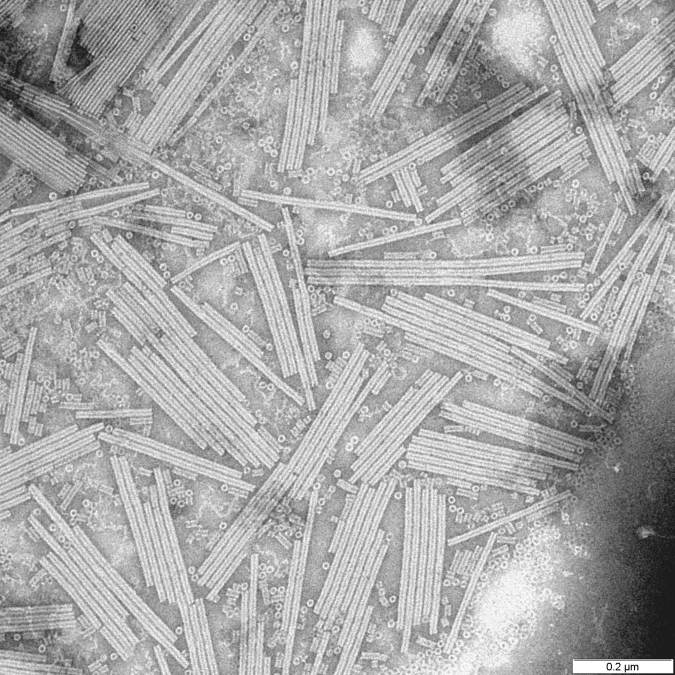With the high education she got from St. Paul's Girls' School, one of the schools that taught physics and chemistry to female students in the early 1900’s, Franklin entered Cambridge University in 1938 and started to study chemistry.
When she graduated in 1941, she got a research scholarship for her graduate work, and she spent one year in R.G.W. Norrish's lab. Later, Norrish offered her a job as an assistant research officer at the CURA, even though he didn’t really support Franklin, just because she was a woman student. Franklin took this job and quit her fellowship.
After university, she spent three years in Paris for a job at the Laboratoire Central des Services Chimiques de L'Etat. There, Franklin learned X-ray diffraction techniques from Jacques Mering. In 1951, she returned to England and became a research associate at King's College, London. With the knowledge she received in Paris, she helped upgrade the X-ray crystallography unit in the King’s College. Before Franklin started working in the King’s College, Maurice Wilkins was already using X-ray crystallography to conduct research on DNA. The time when Franklin arrived, Wilkins was away from the King’s college. When Wilkins returned, he expected Franklin would be his assistant, but Franklin actually had the same job position as Wilkins. This relationship remained, and never got better, which is not surprising, as men felt much superior than women at that time.

By working with one of the students at King’s College, Raymond Gosling, Franklin managed to get two sets of high-resolution photos of crystallized DNA fibers. Her data were presented at a lecture at King's College, which James Watson attended. However, he admitted that he wasn’t able to describe the data accurately and in detail to his partner, Francis Crick, because he wasn’t paying attention during the presentation. Watson and Crick were also scientists that had worked on solving the structure of DNA at the Cavendish Laboratory, but didn’t yet know Franklin or her work. In fact, it was Wilkins who gave the data and photos that Franklin found to Watson and Crick. The data and photos directly support the 3D structure that Watson and Crick had suggested. In 1953, both Wilkins and Franklin published papers on their x-ray data in the same Nature Issue where Watson and Crick also published their papers on the structure of DNA.

After the research on DNA structure, Franklin moved J. D. Bernal's lab at Birkbeck College and started working on tobacco mosaic virus. In the summer of 1956, Rosalind Franklin was diagnosed with ovarian cancer. She continued publishing a lot of papers on the virus even while suffering from cancer. She died from cancer in 1958.
After years later, some people believe that Franklin didn’t receive enough credit for finding DNA structure, just because she was a woman scientist. In 1962, James Watson, Francis Crick, and Maurice Wilkins received the the Nobel Prize in Physiology or Medicine for solving the structure of DNA, and Franklin wasn’t awarded. At the same time, James Watson, Francis Crick are the only ones that are known for the finding of DNA, while most people don’t know much about Franklin. What is obvious is that she had a really important role and contributed a lot on the DNA research. Without Franklin, it would definitely be harder for both Watson and Crick to have made a conclusion on the structure of DNA.